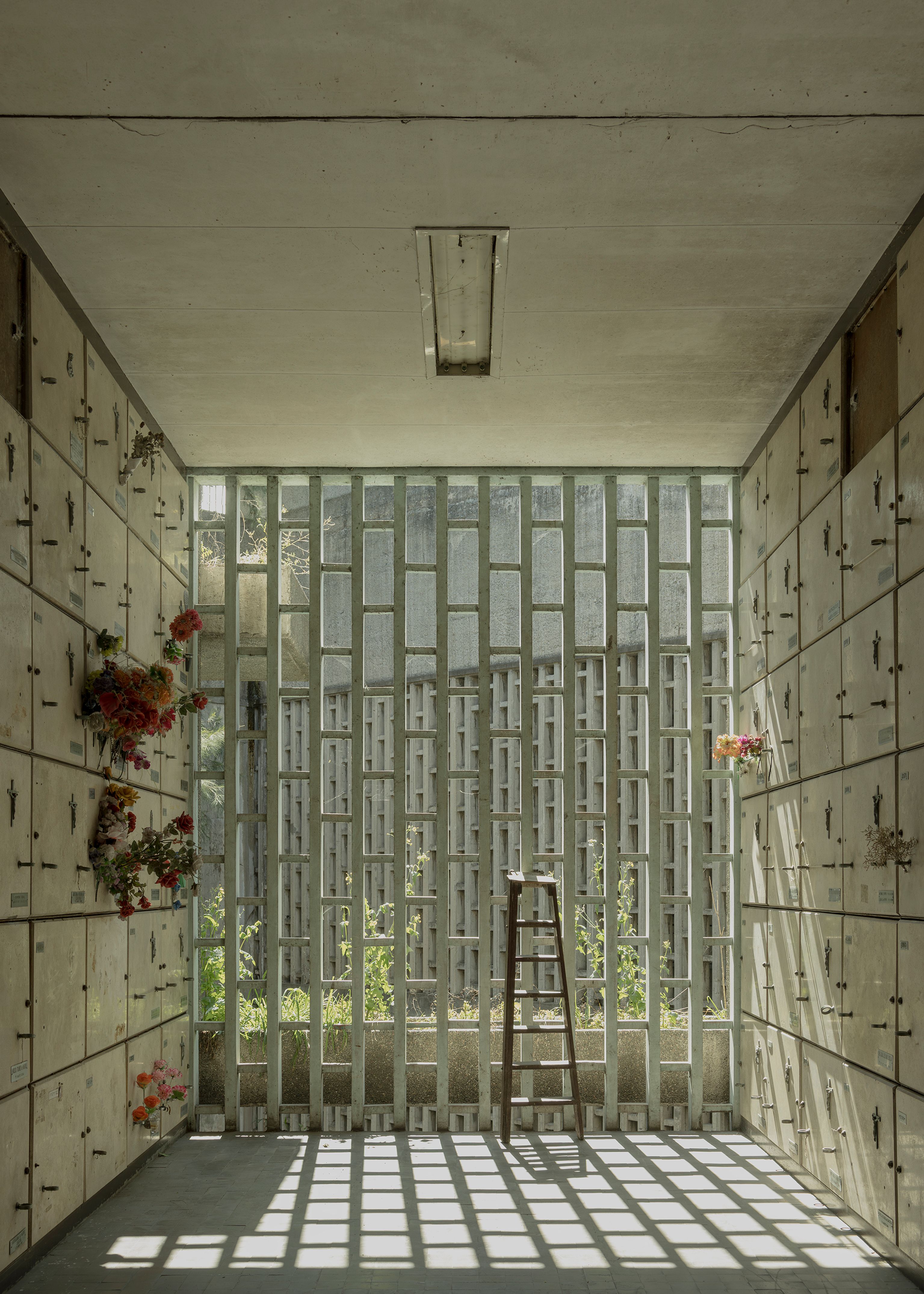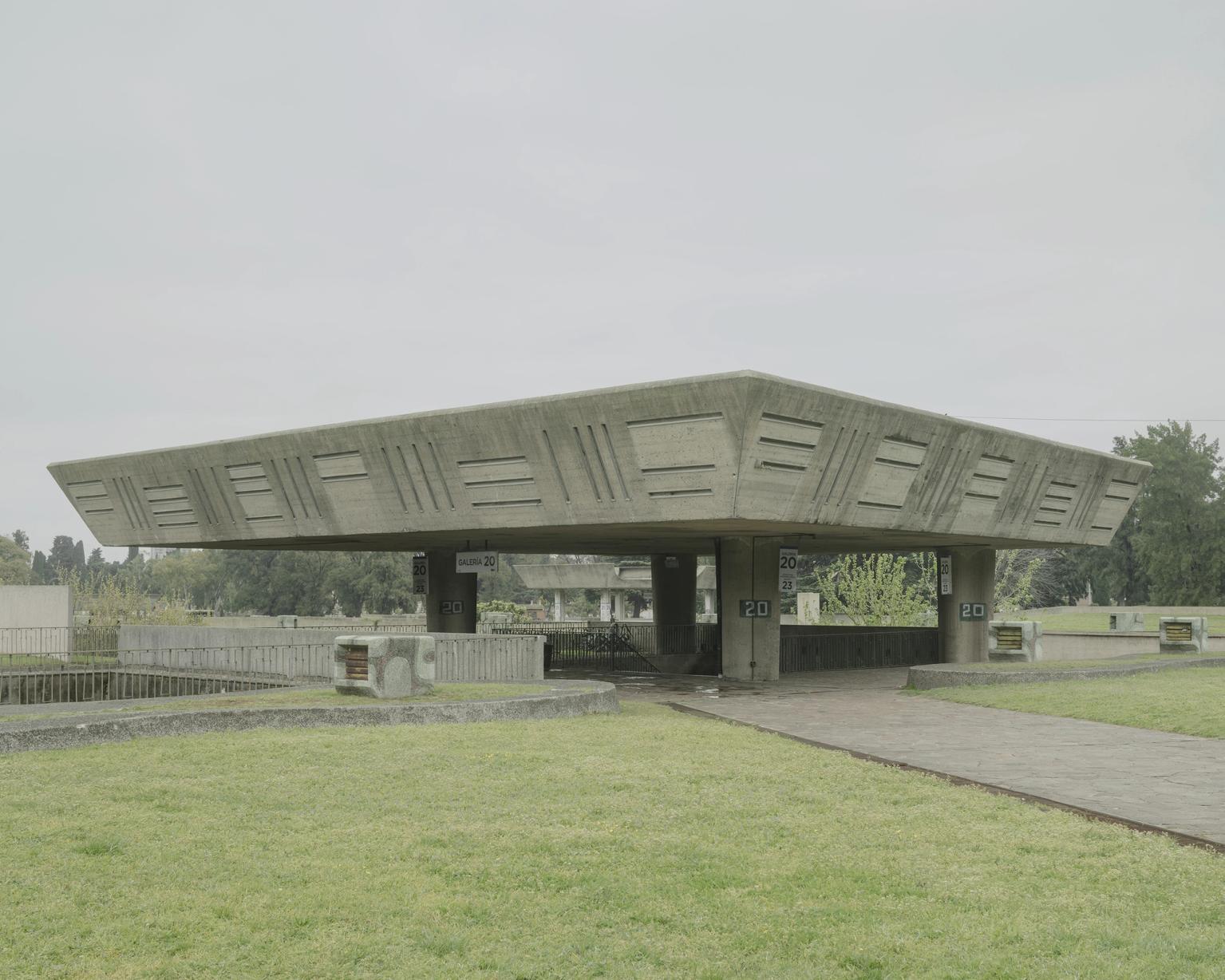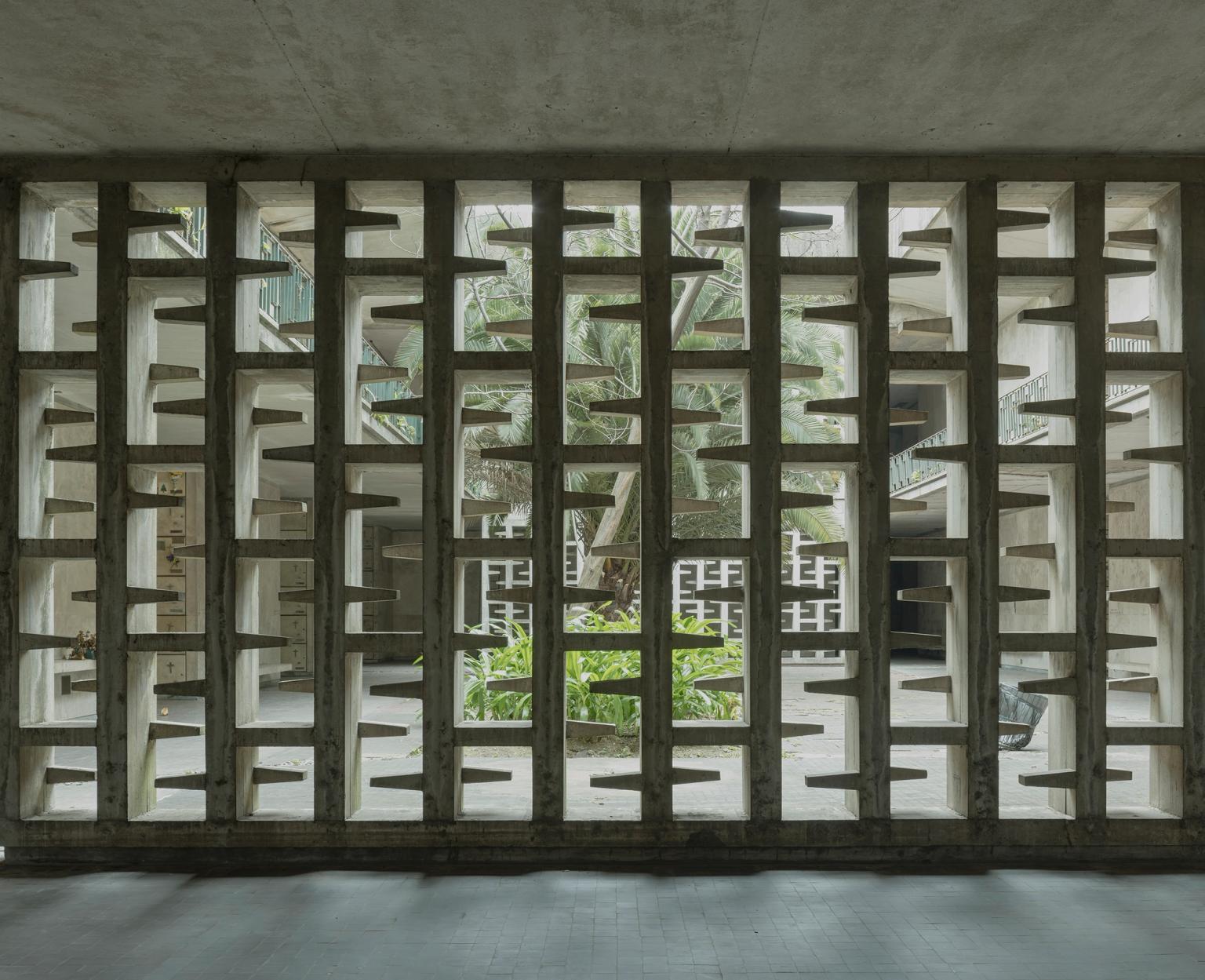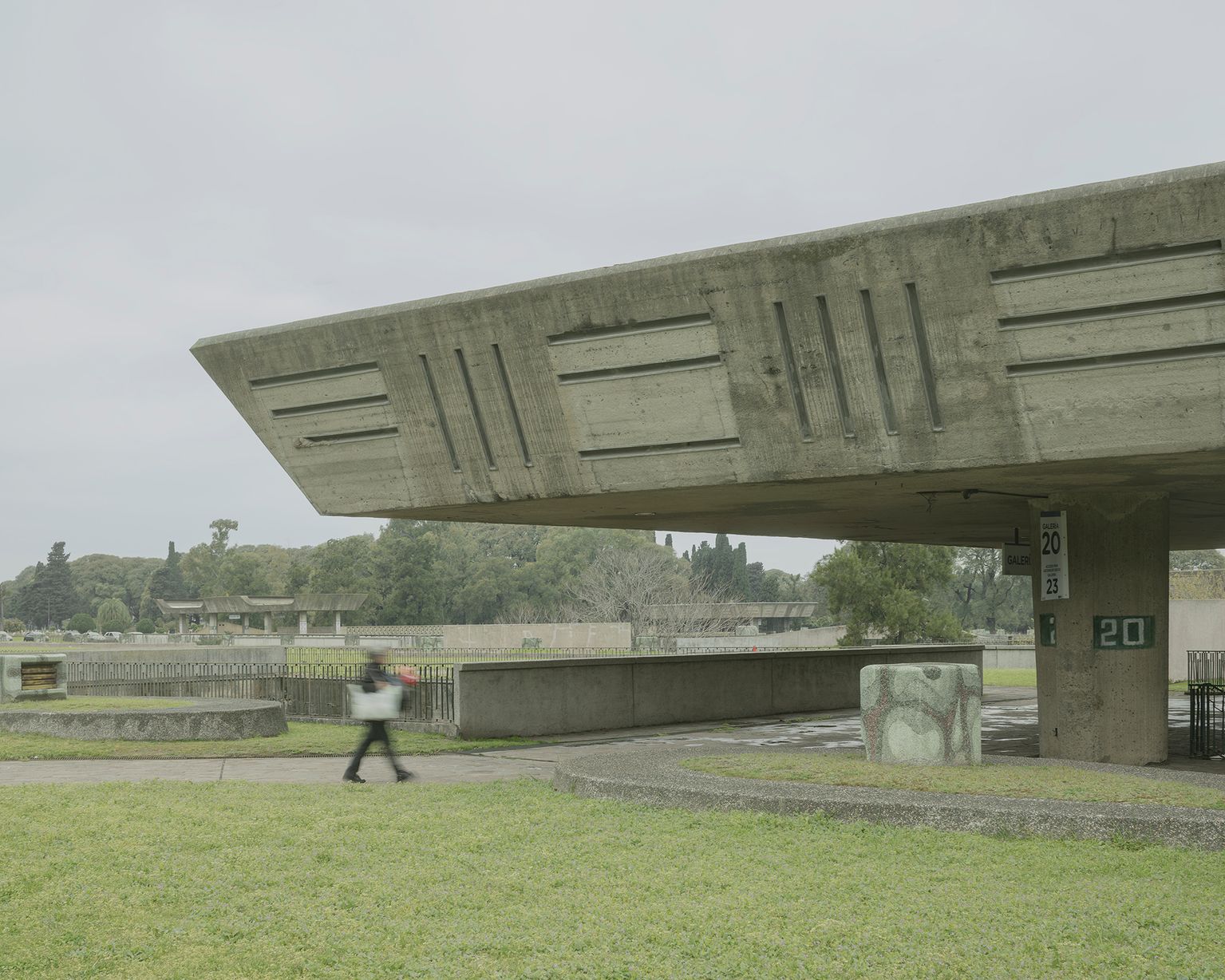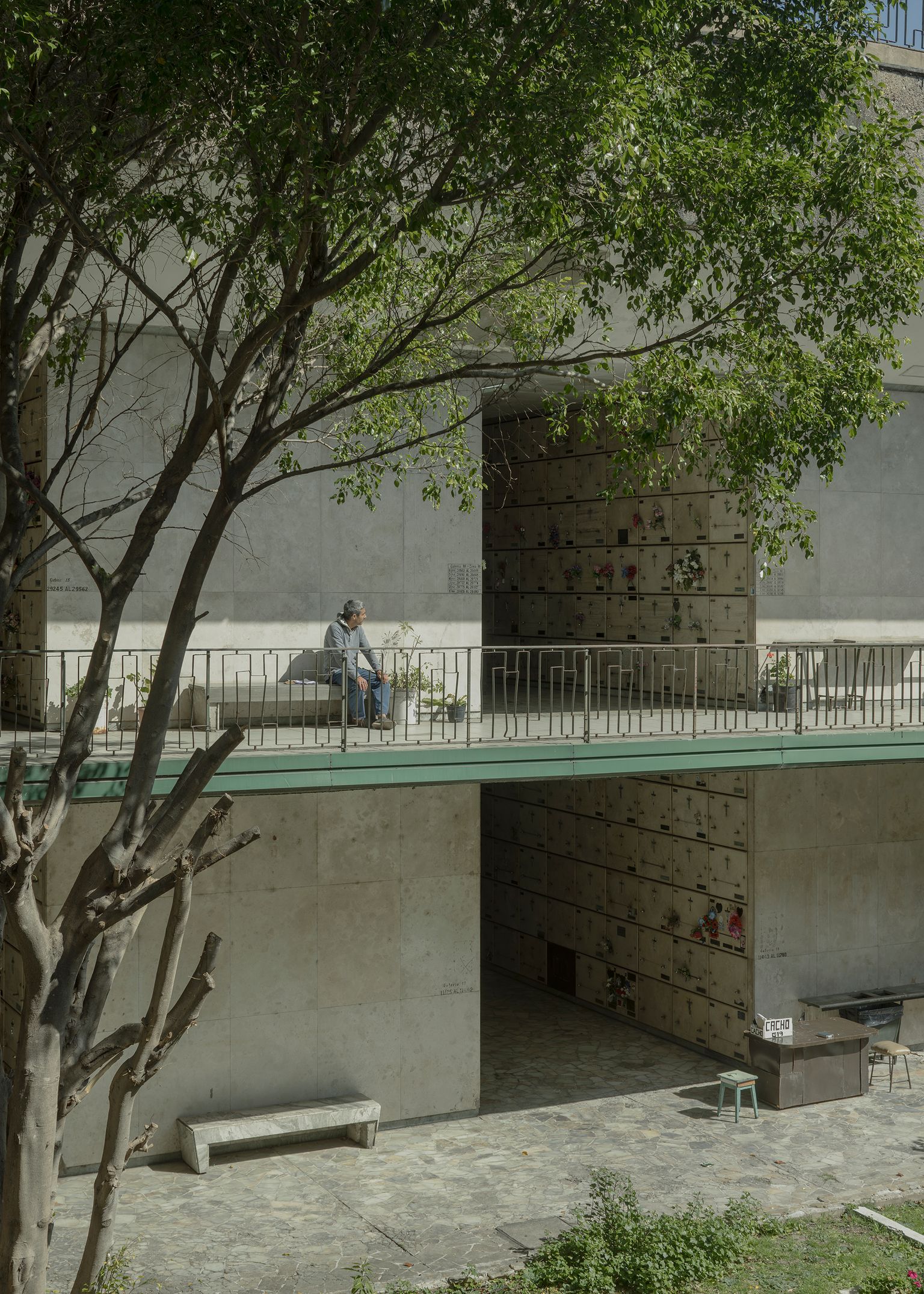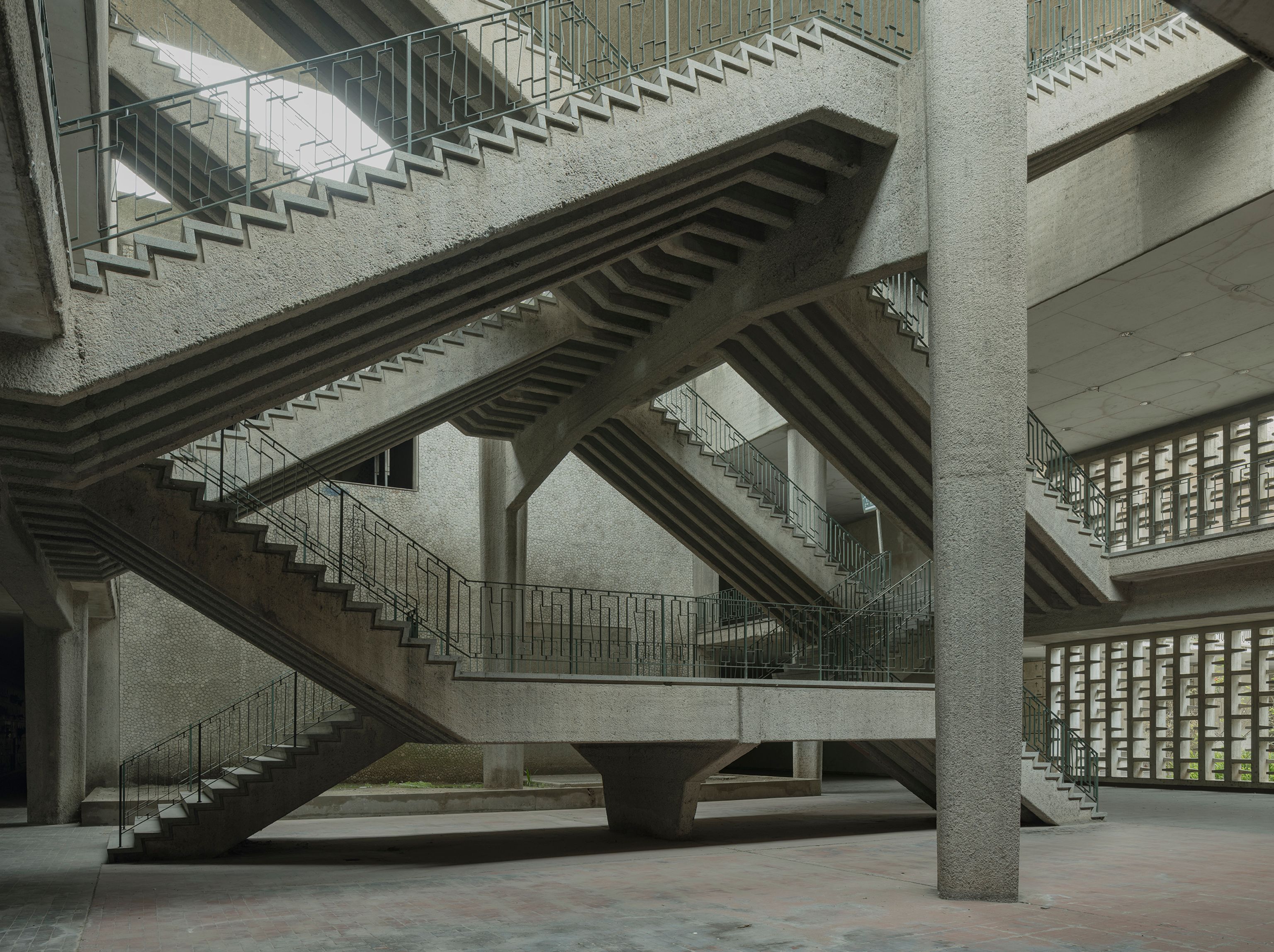
Ítala Fulvia Villa
Sexto Panteón
- ArchitectÍtala Fulvia Villa
- PhotographerFederico Cairoli (From the ongoing research by Léa Nemer)
LUDWIG GODEFROY I love the underground atmosphere, entering another world, this project is creating.

Sexto Panteón - Ítala Fulvia Villa’s Hidden Modernist Masterpiece
Nestled within Buenos Aires’ Chacarita Cemetery lies a largely overlooked marvel of mid-20th century architecture: the Sixth Pantheon, or Sexto Panteón, designed by Ítala Fulvia Villa. Conceived between the late 1940s and the mid-1960s, this subterranean necropolis was Villa’s response to the city’s growing need for burial space, reimagining the funeral landscape entirely.
Rather than the monumental above-ground mausoleums typical of the era, Villa envisioned a multi-level underground structure, freeing the surface for open gardens and parks. The design accommodates tens of thousands of burial niches, ossuaries, and urns, organized with a remarkable egalitarian rigor: uniform plaque sizes and systematic placement replace individual opulence with a collective, dignified vision of remembrance.
Villa’s approach
Villa’s approach reflects a strikingly modernist and brutalist aesthetic. Raw concrete, monumental forms, and carefully designed courtyards channel daylight and ventilation deep into the underground corridors, transforming what could have been a cold, impersonal space into a contemplative, almost mythic environment. Visitors often describe the experience as a descent into an underworld labyrinth, where architecture mediates the boundary between life and death.

The legacy
Despite its ambition and ingenuity, the Sixth Pantheon remained largely uncredited for decades, with Villa herself fading into obscurity. A recent reevaluation by architectural historians has reclaimed her authorship, highlighting not only the building’s urban and aesthetic significance but also its place in the narrative of women in architecture.
The Sixth Pantheon stands today as both a practical solution to urban growth and a profound meditation on mortality. It challenges conventional notions of funerary architecture, blending functionality, monumental modernist design, and a subtle poetic resonance. Above it, the park spreads across the city, quietly carrying the weight of thousands of lives beneath its serene surface - a hidden city of the dead, both orderly and awe-inspiring, testament to Villa’s visionary mind.
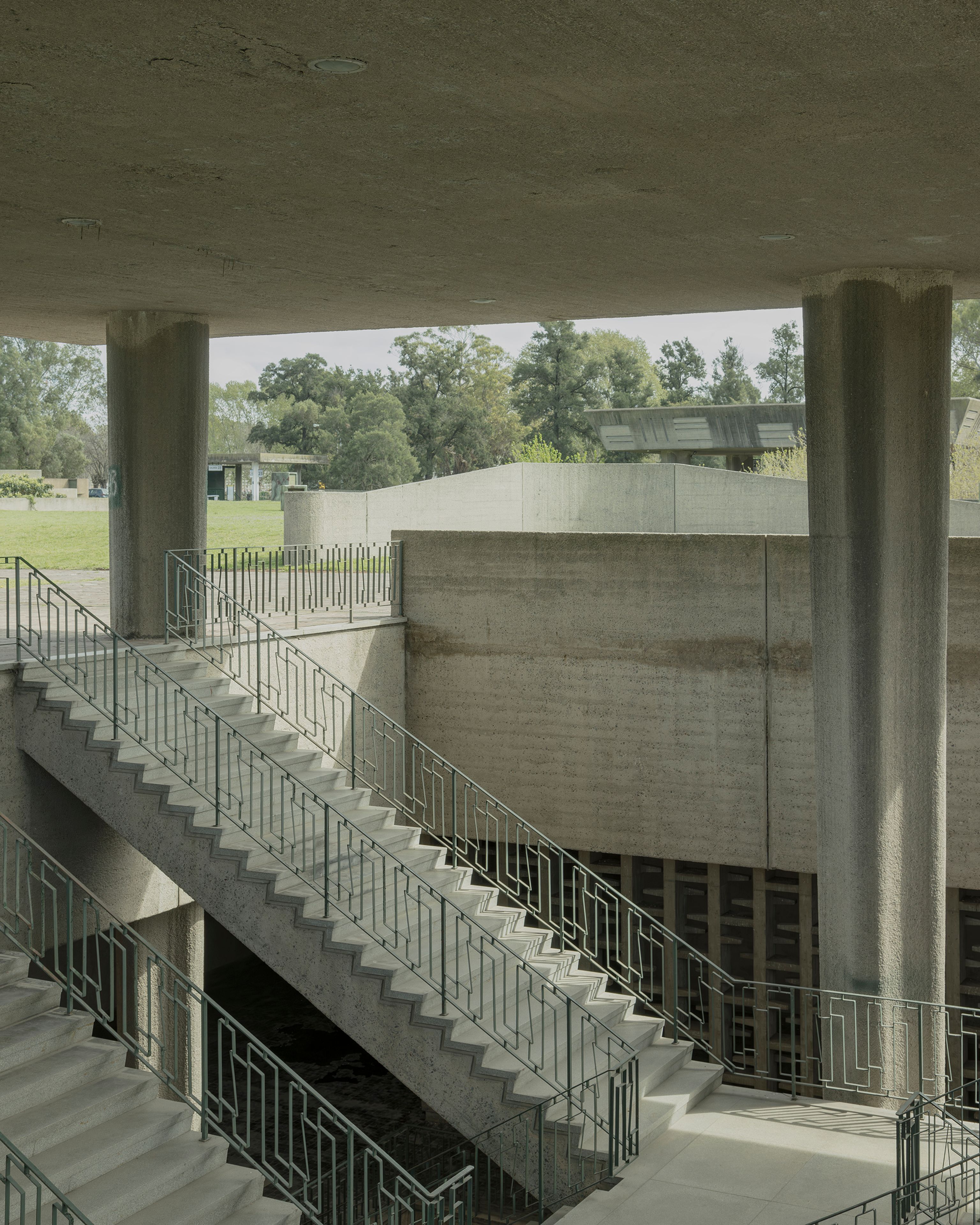
Chacarita Moderna by Léa Nemer
The photographs were originally taken as part of a commission for the book Chacarita Moderna, by Léa Nemer, dedicated to Ítala Fulvia Villa’s work. You can find more information about the publication here: https://www.chacaritamoderna.com/es/el-libro
